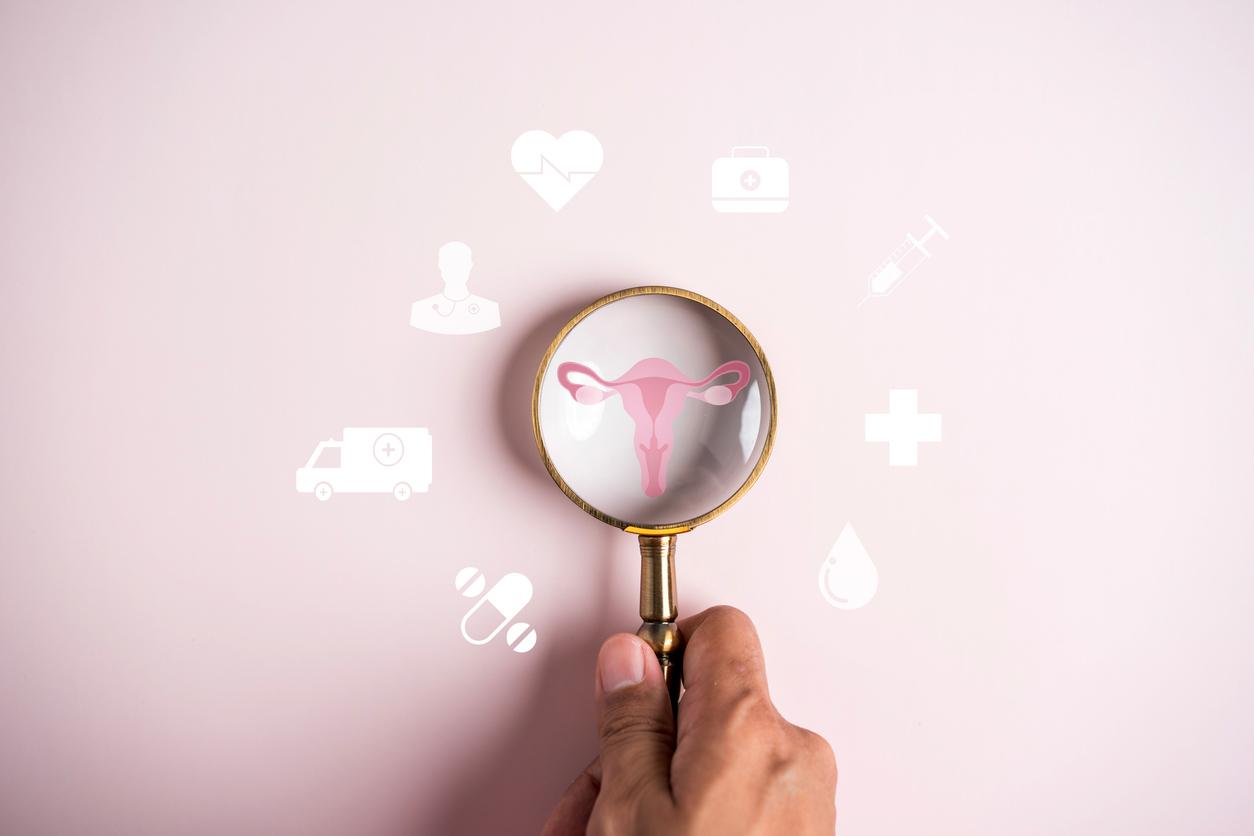Gestational trophoblastic diseases constitute a broad spectrum of tumor pathologies deriving from placental tissue.

- A trial testing immunotherapy for the first time in chemotherapy-resistant gestational trophoblastic tumors has shown promising results.
- In 15 patients resistant to mono-chemotherapy, scientists observed a cure rate of over 50% following treatment with immunotherapy.
- “The promising results of this study open up a new therapeutic avenue without chemotherapy for patients who have reached an impasse,” concludes the National Reference Center for Trophoblastic Diseases.
Professor Benoit You, an oncologist at the Hospices Civils de Lyon, presented the very promising results of a trial testing for the first time immunotherapy in chemotherapy-resistant gestational trophoblastic tumors.
Two types of gestational trophoblastic diseases
Gestational trophoblastic diseases are rare diseases that affect young women. They occur in the uterus and originate in the cells that form the placenta during pregnancy. There are two types:
– benign forms called “molar pregnancy”, complete or partial (approximately 1 in 1,000 pregnancies).
– malignant forms called gestational trophoblastic tumors (approximately 1 in 10,000 pregnancies).
“Although they affect fewer than 200 women in France each year, trophoblastic tumors have a high metastatic potential and require early and appropriate treatment,” indicates the National Reference Center for Trophoblastic Diseases.
Gestational trophoblastic tumors: what treatments?
The treatment of gestational trophoblastic tumors considered to be at low risk of resistance to chemotherapy is based on the prescription of mono-chemotherapy which leads, in the majority of cases, to a complete cure without impairment of fertility. However, some patients do not respond to treatment and their hCG level remains high. They are then often treated with polychemotherapy combining five molecules and whose immediate or delayed toxicity is significant.
“Among the protocols used to treat solid tumors, the EMA-CO protocol used in this situation for decades is one of the most toxic treatments we have to administer,” explains Professor Benoit You. “It is essential that the development of new targeted therapies can also benefit patients with trophoblastic tumors in order to seek alternatives to chemotherapy,” he emphasizes.
Gestational trophoblastic tumors: a cure rate greater than 50%
With this in mind, the TROPHIMMUN study led by Professor Benoit You aimed to evaluate the effectiveness of immunotherapy treatment (Avelumab, BAVENCIO®) in patients with trophoblastic tumors resistant to mono-chemotherapy.
In 15 patients resistant to mono-chemotherapy, scientists observed:
– a cure rate greater than 50% following immunotherapy treatment.
– Five patients were able to escape the severe toxicity of polychemotherapy thanks to this new treatment.
– A cured patient was able to successfully achieve pregnancy following treatment.
“The promising results of this study open a new therapeutic avenue without chemotherapy for patients who have reached an impasse,” concludes the National Reference Center for Trophoblastic Diseases.


















